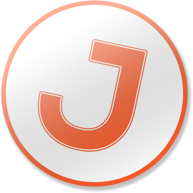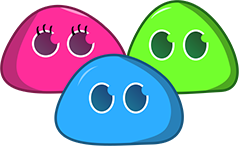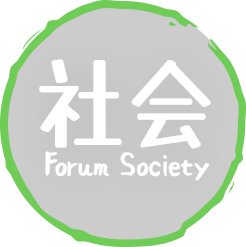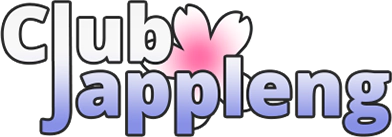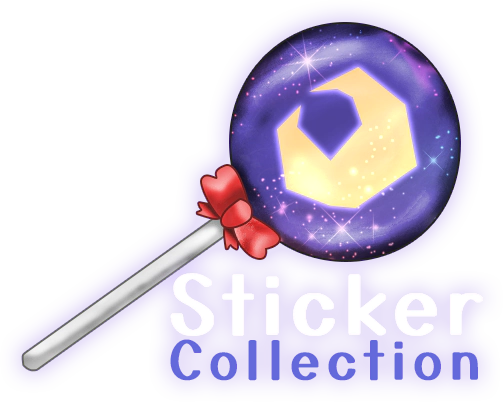Manga Around the
World
Manga has become increasingly popular all around the world, and
today, exports of manga-related items, including animations and
games, form almost $3 billion of the exports of Japan (Nakamura,
Ichiya. "Japanese Pop Industry" November 2003: 1-18).
Today, manga has been translated into a variety of languages and
distributed to countries including Brazil, Korea, Taiwan, Germany,
Italy, and many more. Now, manga conventions can be found all
across the United States, as well as in Canada, Britain, and
Australia.
In 2005, manga showed to be an 180 million dollar market in the
United States, 60% of which came from female readers. Comics within
America had previously appealed only to males, but manga has come
to encompass a broader range, appealing to both male and female
readers. Tokyopop and VIZ Media are two companies that publish a
great deal of the licensed manga in America, but there are also at
least forty newspapers that include manga within their funny pages.
The popularity of manga has slowly increased over the years in
North America, and as more manga is released and more people become
aware of them, their popularity only continues to increase.
In the 1990s, France was the largest consumer of manga outside of
Japan. Glénat was the company responsible for releasing France's
first manga in 1990, a seinen manga known as Akira, written by
Katsuhiro Otomo. Other popular works soon followed, such as Akira
Toriyama's Dragonball in 1993 and Rumiko Takahashi's Ranma ½ the
following year. At this time, magazines such as Kameha by Glénat
and Manga Player by GSE were released.
As more time passed, certain publishers, such as Glénat, flipped
the manga to follow a left to right writing style, and changed the
paper to match those that were used in Fraco-Belgian comics. On the
other hand, there were some comics, such as J'ai Lu, which kept the
original reading direction and the cheap paper that was used in
Japan. France has also recently developed a manga genre known as
Nouvelle Manga, the first of which was created by Frédéric Boilet,
which contains more sophisticated, daily life manga to supplement
traditional Franco-Belgian comics.
Manga is also popular in other countries, though not to the same
extent as in France and the United States. Germany had a release of
the magazine Manga Power by Feest Comics in 1996, but the greatest
influence on manga readership in Germany was the publication of
Dragonball in 1997. Today, 75-80% of the comics that are read
within Germany are manga, with the majority of readers being
female.
Singapore is also heavily involved in the production of manga, with
Chuang Yi's publications of manga translated into English and
Chinese. The English titles that are translated are exported to
Australia and New Zealand, where popular Japanese and Chinese manga
and manhua, respectively, are distributed. Manga are also popular
in Korea and are sold in the majority of bookstores.
However, one of the largest manga markets outside of Japan is in
Indonesia, though there continues to be an increasing amount of
bootleg manga
(manga that is illegally produced and distributed
without regard to copyright laws).
Thailand also creates bootleg manga, usually of poor quality,
although now this is being controlled through the introduction of
copyright laws. At one point, in Thailand, there was a ban on
several manga, due to a television airing, which exaggerated what
was bad within manga, causing many to speak out, especially those
who were parents. There was later an apology made due to the
exaggeration of the television airing.
In Turkey the interest in manga has been manifested in an original
way through band called maNga, whose videos and album covers all
contain manga style drawings or animations. The band members even
have their own manga character drawn to represent them. The
drawings were done by an artist named Kaan Demirçelik.
Countries around the world have also tried their hands at creating
their own original manga, although under different names: China
refers to theirs as manhua, Korea has called them mahhwa, and
Taiwan has come to call them manhoa. The English version of manga
was once called Amerimanga, but is now usually referred to as OEL
manga
(Original English Language manga), a term designed to
encompass manga created in other English-Speaking countries such as
Canada, Britain, and Australia. The United States once had a manga
magazine called AmeriManga, which was published in 2002, but was
discontinued in 2003.
There are similar magazines within other countries, which include
Manga Mover and Sweatdrop in Britain, Xuan Xuan and Oztaku in
Australia, and Kitsune in Canada. These authors have all been
influenced by Japanese manga, and certain stylistic details that
are taken from Japanese manga can be seen within their works.
